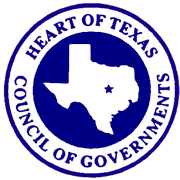
The Branch Davidians were a religious cult founded in 1955 by Benjamin Roden. They regard themselves as a continuation of the General Association of Davidian Seventh-Day Adventists, established by Victor Houteff in 1935.
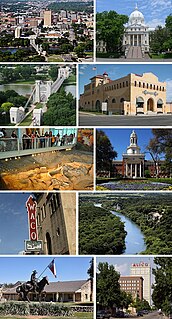
Waco is the county seat of McLennan County, Texas, United States. It is situated along the Brazos River and I-35, halfway between Dallas and Austin. The city had a 2010 population of 124,805, making it the 22nd-most populous city in the state. The 2020 population estimate for the city was 138,486. The Waco metropolitan statistical area consists of McLennan and Falls counties, which had a 2010 population of 234,906. Falls County was added to the Waco MSA in 2013. The 2020 U.S. census population estimate for the Waco metropolitan area was 277,005.

North Texas is a term used primarily by residents of Dallas, Fort Worth, and surrounding areas to describe much of the northern portion of the U.S. state of Texas. Residents of the Dallas–Fort Worth metroplex generally consider North Texas to include the area south of Oklahoma, east of Abilene, west of Paris, and north of Waco. A more precise term for this region would be the northern part of the central portion of Texas. It does not include the Panhandle of Texas, which expands further north than the region previously described, nor does it include most of the region near the northern border of Texas.
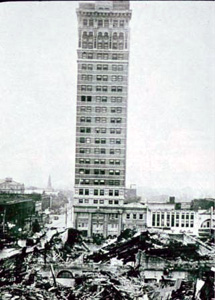
A deadly series of at least 33 tornadoes hit at least 10 different U.S. states on May 9–11, 1953. Tornadoes appeared daily from Minnesota in the north to Texas in the south. The strongest and deadliest tornado was a powerful F5 tornado that struck Waco, Texas on May 11, causing 114 of the 144 deaths in the outbreak. Alongside the 1902 Goliad tornado, it was the deadliest tornado in Texas history and is the 11th deadliest tornado in U.S. history. The tornado's winds demolished more than 600 houses, 1,000 other structures, and over 2,000 vehicles. 597 injuries occurred, and many survivors had to wait more than 14 hours for rescue. The destruction dispelled a myth that the geography of the region spared Waco from tornadoes, and along with other deadly tornadoes in 1953, the Waco disaster was a catalyst for advances in understanding the link between tornadoes and radar-detected hook echoes. It also generated support for improved civil defense systems, the formation of weather radar networks, and improved communications between stakeholders such as meteorologists, local officials, and the public.

Texas State Technical College (TSTC) is a public community college with 10 campuses throughout Texas. TSTC is the State of Texas's only public multicampus technical college, offering associate degrees and certificates in technical skills and trades. TSTC's headquarters are located north of Waco and are co-located with the Waco campus, the oldest TSTC location and flagship location. TSTC also operates campuses in Harlingen, Marshall, Red Oak, Abilene, Breckenridge, Brownwood, Sweetwater, Williamson County, and Fort Bend County.

The Heart O' Texas Fair Complex, now known as the Extraco Events Center, is located in Waco, Texas. It was once the prime basketball facility for Baylor University. The H.O.T Coliseum was constructed after McLennan County voters authorized a bond issue of $1.2 million in the early 1950s. Despite public criticism that might be directed toward the board and individual members, it was the board's unanimous decision to build portions of the entire plant that the available money would permit. The last of five contracts was signed on January 9, 1952, and construction of the Coliseum began soon afterward. The Coliseum, livestock barn, ticket booths and several small buildings were constructed, paving was done and fencing enclosed the grounds. In the spring of 1953, the Coliseum was completed, and on April 11, the formal opening was held. The Coliseum remained home to Bears basketball, and Waco's largest concert venue, until Ferrell Center was built in 1988.
Waco, a Texas city of around 120,000 has a number of neighborhoods. These are not official government neighborhoods, but rather common names given by the residents and city neighborhood maps and parks.

The North Central Texas Council of Governments or NCTCOG is a voluntary association of governments in the Dallas/Fort Worth Metroplex. Its ranks currently include 230 member governments including 16 counties, numerous cities, school districts, and special districts. Based in Arlington, the North Central Texas Council of Governments is a member of the Texas Association of Regional Councils.

The Deep East Texas Council of Government (DETCOG) is a voluntary association of cities, counties and special districts in Deep East Texas.

The Central Texas Council of Governments (CTCOG) is a voluntary association of cities, counties and special districts in Central Texas.

The East Texas Council of Governments is a voluntary association of cities, counties and special districts in East Texas.

The Alamo Area Council of Governments (AACOG) is a voluntary association of cities, counties and special districts in the south-central region of the U.S. state of Texas.

The Capital Area Council of Governments (CAPCOG) is a voluntary association of cities, counties and special districts in Central Texas.
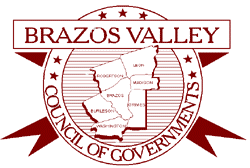
The Brazos Valley Council of Governments (BVCOG) is a voluntary association of cities, counties and special districts in the Brazos Valley region of Central Texas.

The Ark-Tex Council of Governments (ARK-TEX) is a voluntary association of cities, counties and special districts in Northeast Texas and Miller County, Arkansas.

The Concho Valley Council of Governments (CVCOG) is a voluntary association of cities, counties and special districts in West Texas.
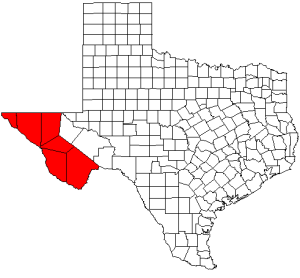
The Rio Grande Council of Governments (RGCOG) is a voluntary association of cities, counties and special districts in West Texas and Doña Ana County, New Mexico

The Coastal Bend Council of Governments (CBCOG) is a voluntary association of cities, counties and special districts in South Texas.
Charles “Doc” Anderson is a veterinarian from Waco, Texas, who is a Republican member of the Texas House of Representatives for District 56. He was first elected in 2004 and has won six additional terms thereafter.
